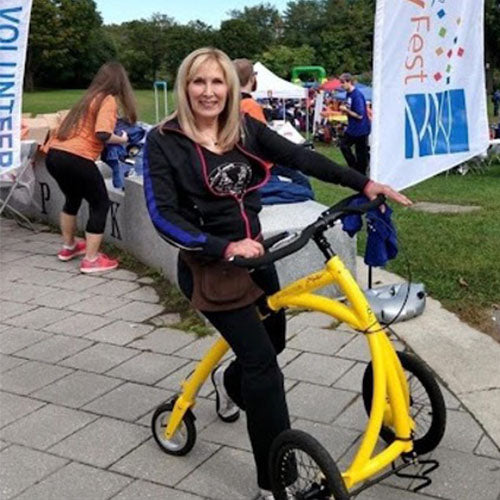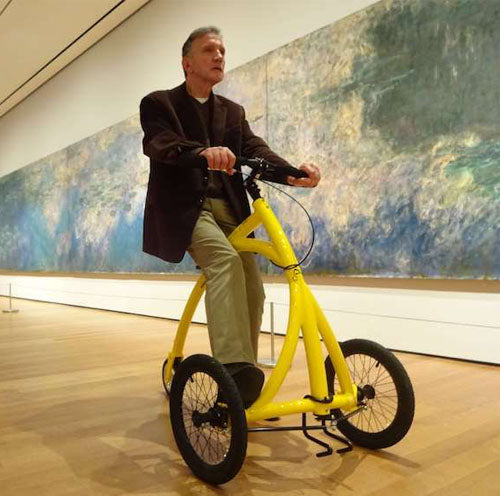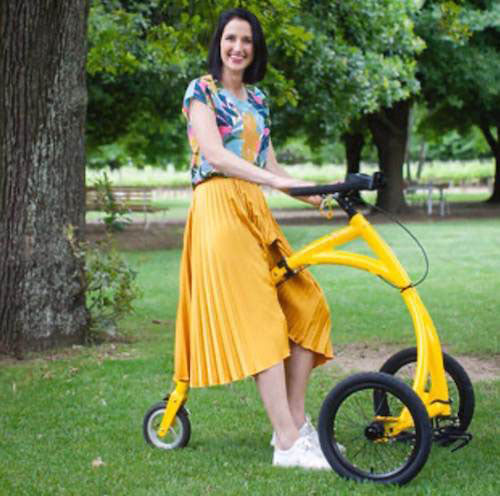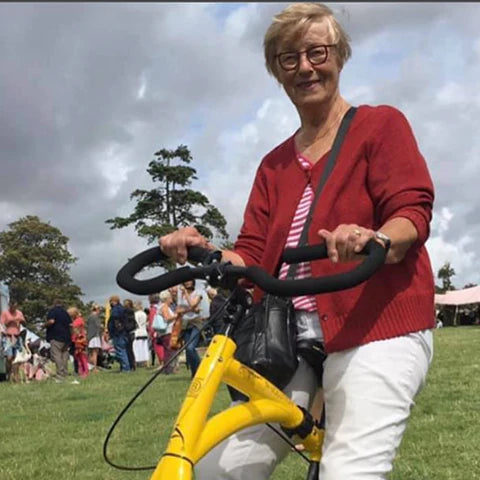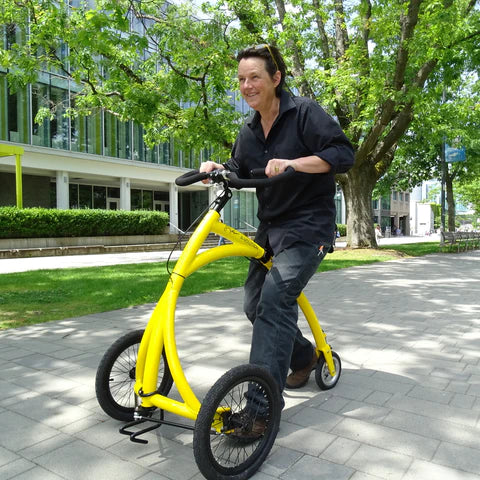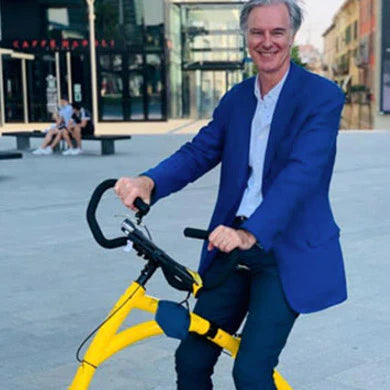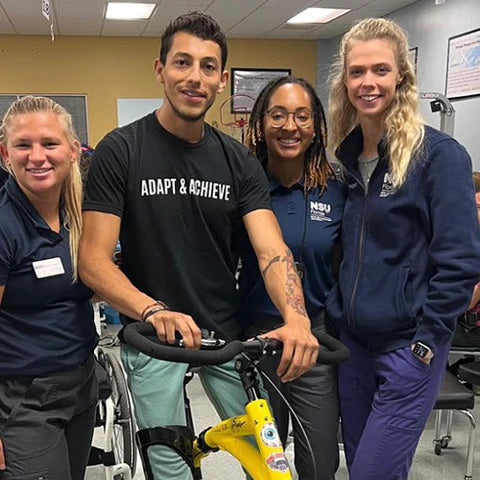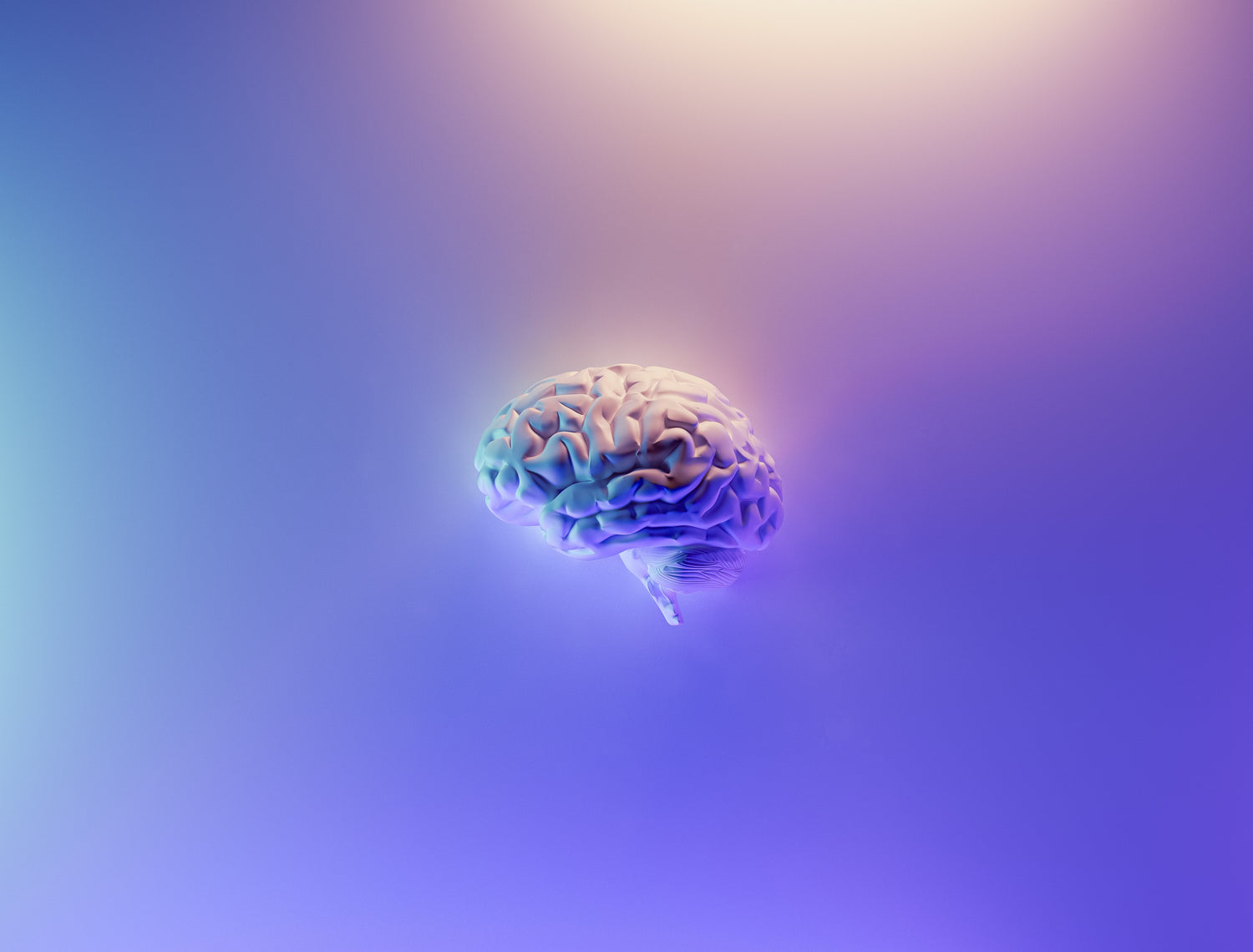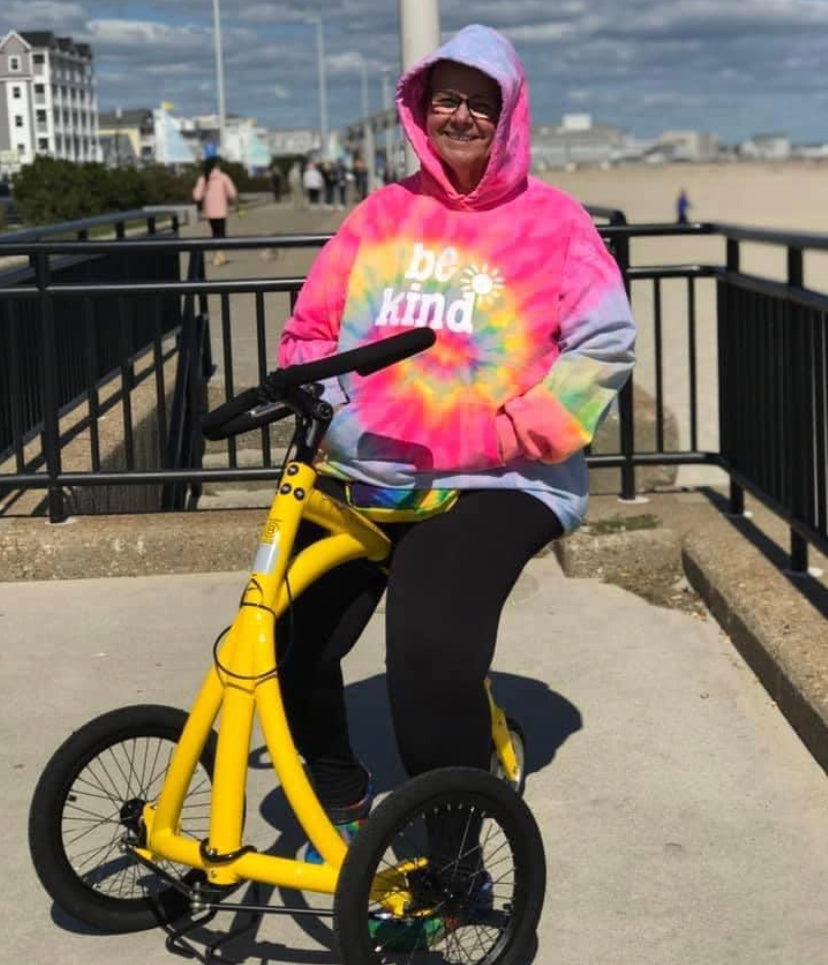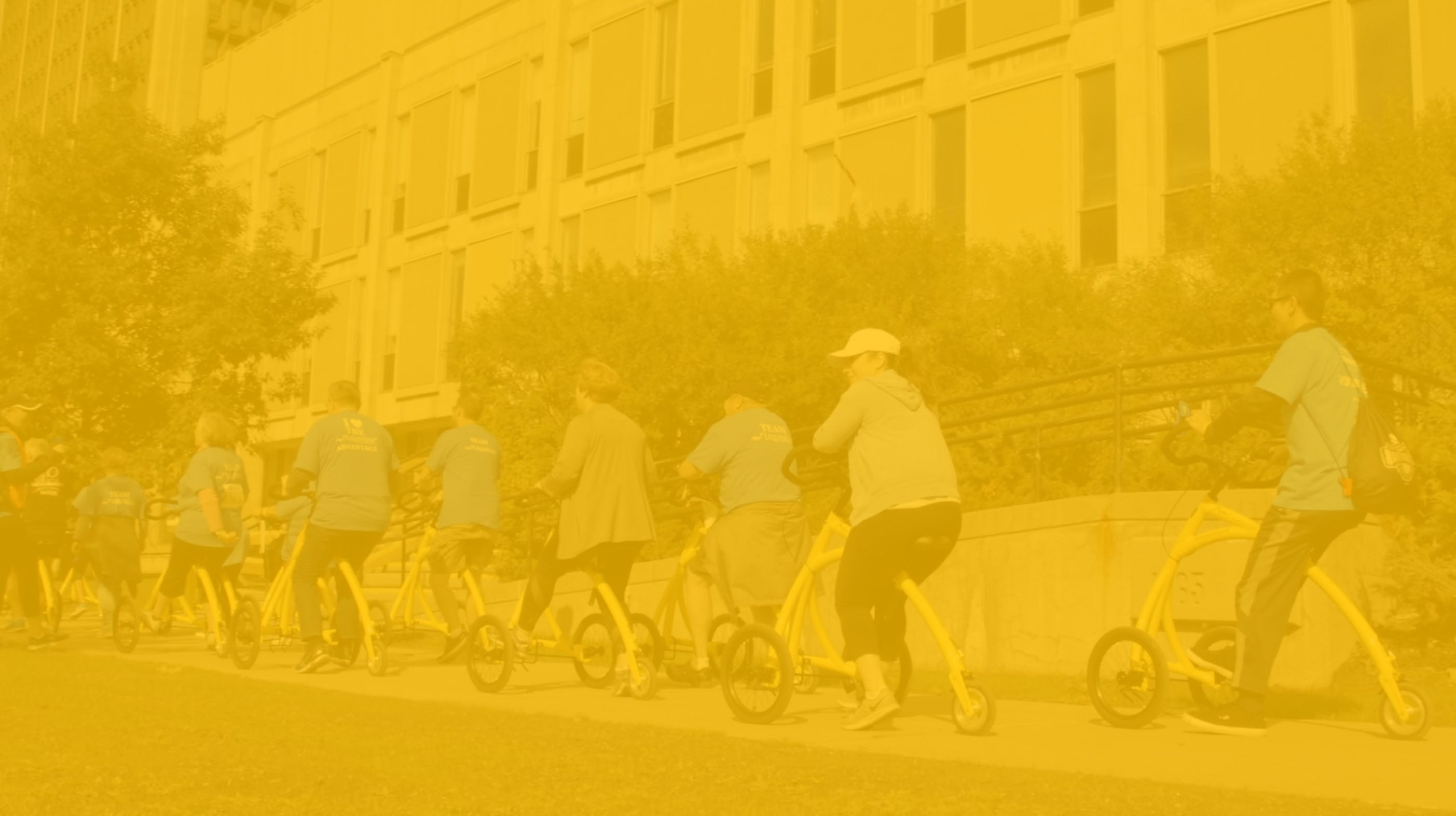Our brains, in their seemingly endless complexity, are capable of incredible feats of recovery that we have only recently begun to understand. Neuroplasticity, also known as brain plasticity, is the brain’s ability to modify and adapt in response to experience.
Once thought to only occur during childhood, neuroscientists in the late 20th century realized that neuroplasticity continues into adulthood – the brain continues to reorganize neural pathways and create new connections well into adulthood. For people with severe injuries or illnesses, this has significant positive implications for their ability to recover, or at least to slow the progression of degenerative diseases.
What is neuroplasticity?
The brain is responsive to experience. So let’s say you have MS or Parkinson’s, and you’re losing the use of your legs. If you go into a wheelchair right away as our medical system advises, your brain will stop sending signals to the muscles in your legs that tell them to make all the movements that enable walking. Over time, those neural pathways will stop working. Basically, use it or lose it.
But, let’s say you decide to keep walking. “What happens in our brain when we have specific movements that we’re doing, so with the Alinker it’s straightening your knee, then bending your knee to pull it back, doing that on the opposite side, and core strength. What happens is your brain is sending a neural signal that tells you, straighten your knee, bend your knee, lift your toes up. Your brain is telling you to do all of those things,” says Dr. Gretchen Hawley, an MS specialist. “With every repetition that you practice this movement, your brain tries to find a new pathway to go from here (the brain) to your ankle. If it didn’t work well, then the second attempt you try, your brain tries a different pathway.”
Neuroplasticity enables your brain to actually develop new pathways to movement, based on the feedback that you provide it by remaining active, it’s a positive feedback loop based on repetition. “Your brain has this ability to find a new pathway…your brain can find another way to strengthen the pathway and therefore strengthen your muscles,” says Dr. Hawley. “But, what it requires is repetition. The only way for your brain to find a new way is by attempting that movement over and over and over again.”
How a walking bike can help people with disabilities regain movement
Since brain plasticity is responsive to experience, providing it with the wrong feedback can actually be damaging. “If you’re practicing the movement but it’s bad quality, you’re actually training your brain to strengthen that pathway that’s bad quality, which might result in falls, or spasticity, or something that is not desirable,” says Dr. Hawley. When looking for alternatives to wheelchairs, people with disabilities often end up using canes or walkers, but the hunched or stilted movements created by those devices may actually train your brain to develop pathways for undesirable movements.
Since the Alinker walking bike makes mobility easier by straightening the back and enabling better balance, so your legs can focus on walking, you’re able to send the correct signals back to the brain that will result in improved mobility, and strengthen the correct muscles you need for walking longer and more easily.
Staying active with a disability benefits your overall health
Beyond strengthening the specific movements you’re working on, mobility is also crucial to overall brain health. Jennifer Boney, one of our team members who uses the Alinker walking bike to manage her MS, demonstrated an astounding improvement in her vocal capacity after a few months of using her Alinker, which you can watch here. By staying active for longer, we improve our general brain fitness, which has positive implications for learning, memory, and mental health.
Neuroplasticity is what enables people to regain movement after severe injuries, to recover from strokes, and to slow the progression of degenerative diseases. By tapping into the incredible capability of our brains, we can live longer, healthier, and more joyful lives.
“Your brain wants you to move. It wants to find those pathways,” says Dr. Hawley. “You gotta stay consistent and then overtime, your confidence will increase, your strength might increase, you can participate more in life. So the benefits from all of this are just outstanding.”
_________________
Photo by Milad Fakurian on Unsplash

